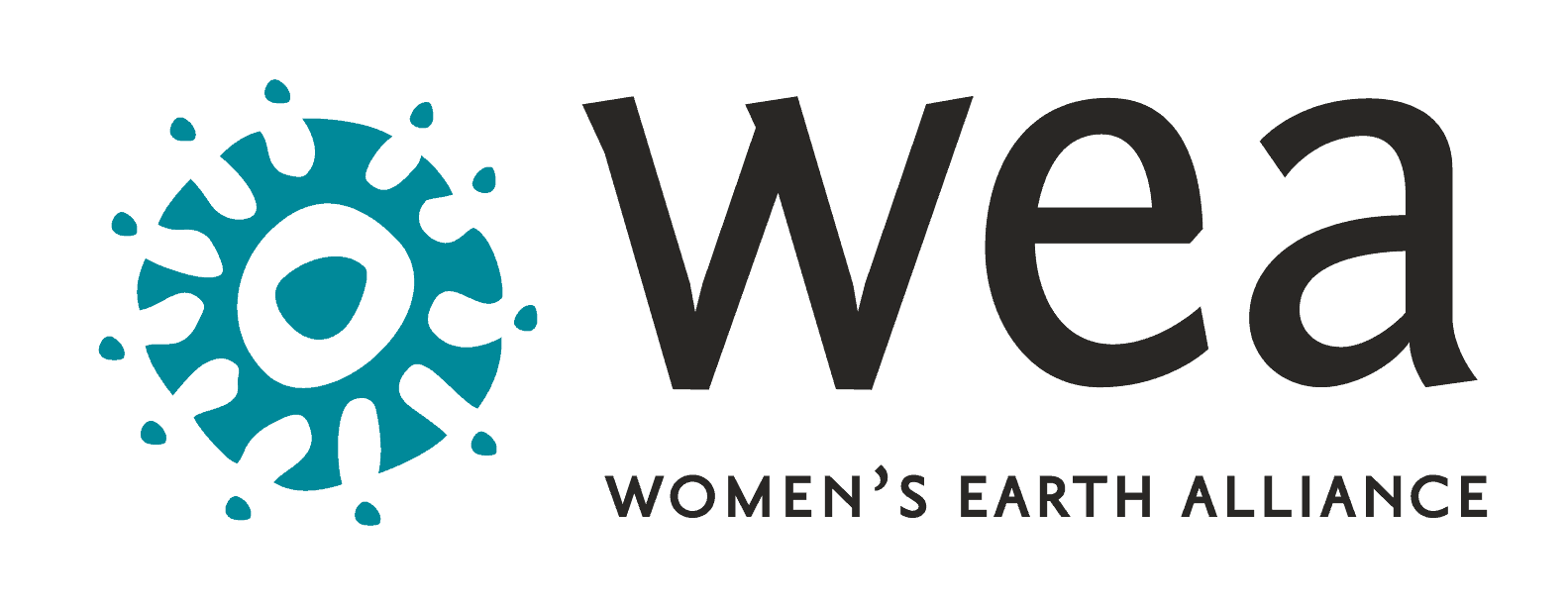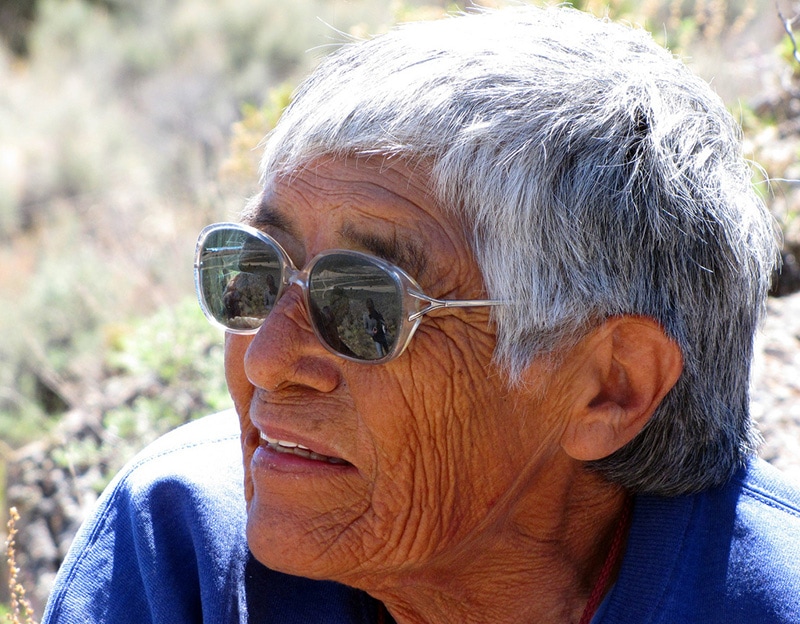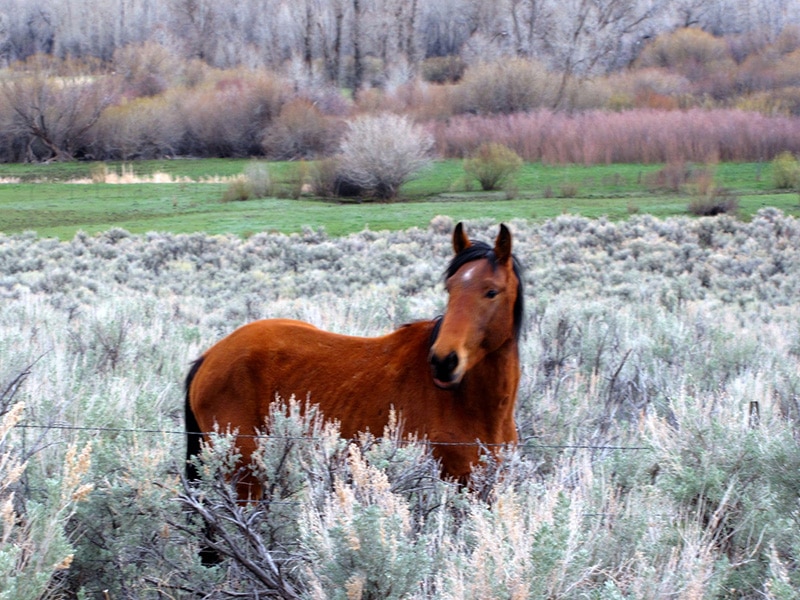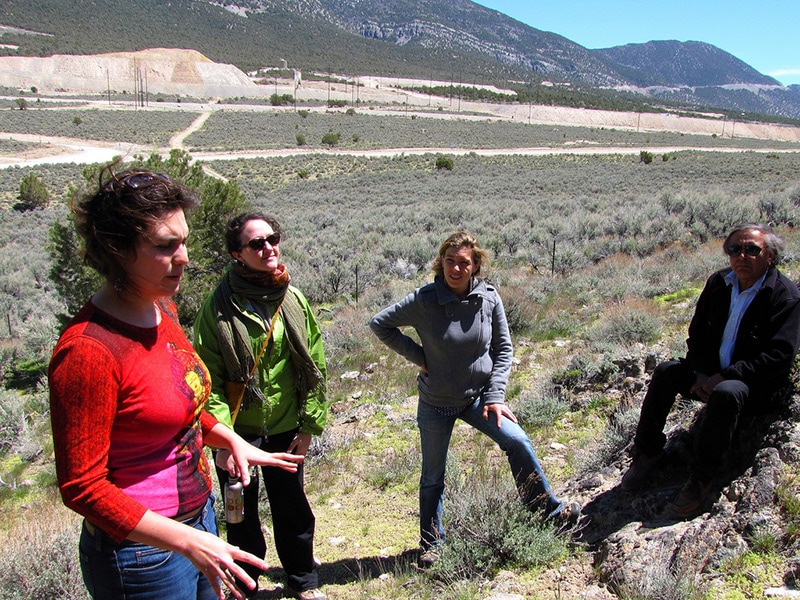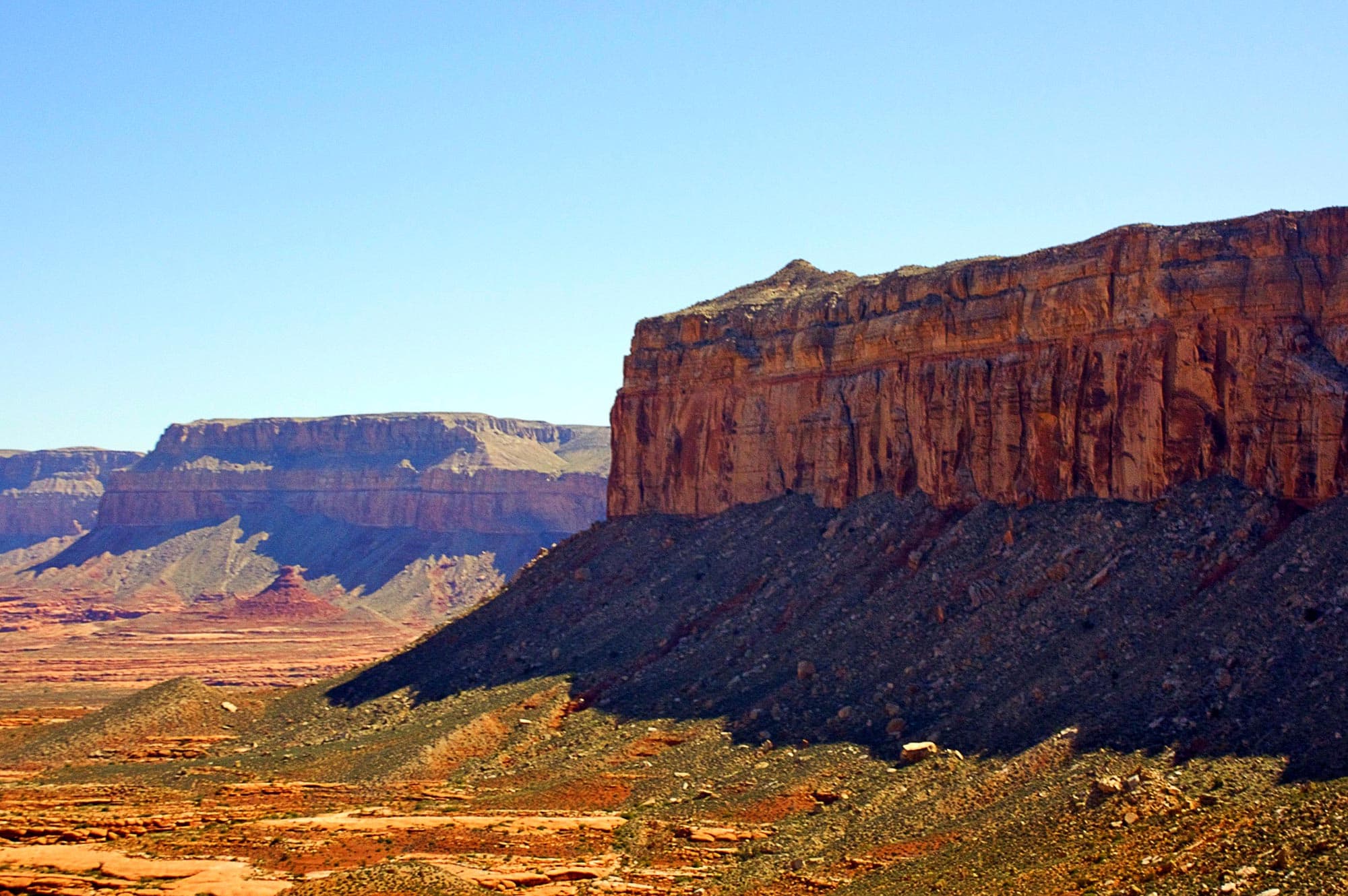The WEA Advocacy Delegation, comprised in part of pro bono legal advocates, met with three Native American communities whose sacred places are gravely threatened by mining and commercial development.
As we learned from courageous women leaders about these critical campaigns to protect their holy mountains and communities from destruction, we began to see that we are all inextricably connected to these struggles, no matter our own lineage or geographic location.
Protecting Sacred Places
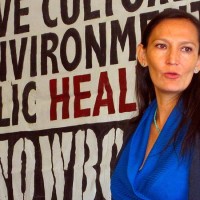
"I care about our people, I care about our families, I care about our future generations, I care about our environment, and our very fragile relationship with our Mother Earth and that's why I speak out — because I care." — Jeneda Benally, Save the Peaks Coalition
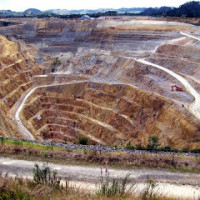
The Western Shoshone and Diné in the area are currently challenging open-pit cyanide heap-leach gold mining on sacred Mt. Tenabo, nuclear weapons testing and waste dumping on Yucca Mountain, as well as illegal confiscation of livestock.
AT A GLANCE
Recreational development plans are putting the sacred San Francisco Peaks at risk by “clearcutting 74 acres of rare alpine habitat, with an estimate of approximately 30,000 trees, that is home to threatened species, making new runs and lifts, more parking lots and building a 14.8 mile buried pipeline to transport up to 180 million gallons (per season) of wastewater to make artificial snow on 205 acres.”*
Approximately 30 percent of the Navajo population does not have access to a public drinking water system and may be using unregulated water sources with uranium contamination.*
In 2005, the Bureau of Land Management (BLM) approved Barrick Gold’s request to explore 30,000 acres in an area around 15 miles from Mt. Tenabo, a site sacred to the Western Shoshone nation located in Nevada. Barrick Gold’s activities disturbed 250 acres of nationally recognized cultural historic sites.*

THE DELEGATION
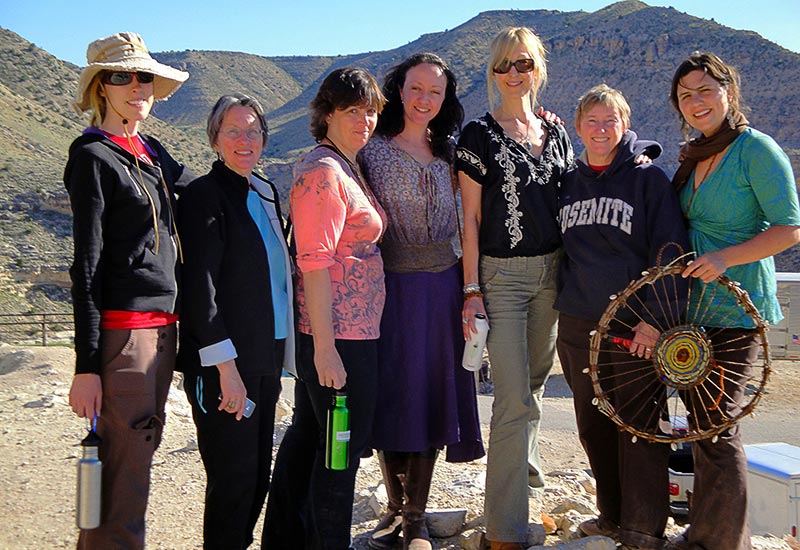
Our team of eight dynamic women – legal, policy and business experts – convened in Elko, Nevada to begin our journey. There, we learned from Western Shoshone elder and longtime land rights activist Carrie Dann about the ravaging of sacred Mt. Tenabo by Barrick Gold Mine. For the Western Shoshone and many other tribes in the region, all life emerged from Mt. Tenabo; now, this sage and pinon-covered range is the site of the largest open pit cyanide heap leach gold mine in the United States. The Shoshone say that because of the 1.8 billion gallons of water per year that will be drawn from within the mountain, along with the 2,200 ft. deep mine pit and the toxic cyanide tailings ponds, the mountain itself will die if protective action is not taken.
We then traveled to Flagstaff, Arizona, where Jeneda Benally and the Save the Peaks Coalition shared with us the epic legal and grassroots campaign to protect the San Francisco Peaks. These holy Peaks hold the utmost spiritual significance to thirteen tribes, and are at risk of total desecration through the use of reclaimed wastewater to make artificial snow at a ski resort. For the Navajo, putting 180 million gallons of wastewater annually on the mountain would irreversibly contaminate the mountain’s holy purity, tearing the Navajo Nation’s spiritual fabric just as the use of sewer water to wash the Western Wall or the Vatican would.
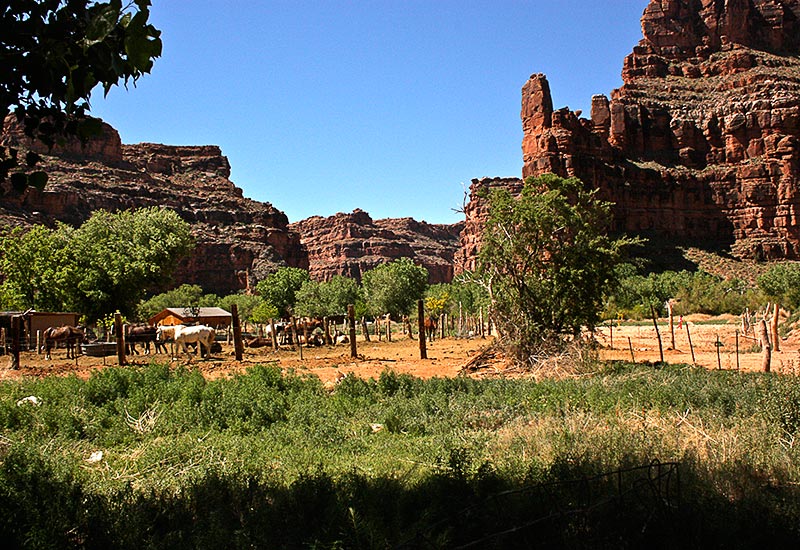
Finally, we traveled to the magnificent Grand Canyon, where Havasupai leader Carletta Tilousi explained the grave threat of uranium mining to the tribe’s sacred Red Butte mountain, to the community’s health, and to the safety of the regional aquifer. Since 2005, because of a major spike in uranium price on the world market, over 10,000 new uranium claims have been filed on the land surrounding the Grand Canyon, the traditional homeland of the Havasupai. Uranium mining – including one mine just a few miles from the Havasupai’s holiest mountain shrine and from the rim of the Canyon, situated directly over the aquifer that provides water to the tribe’s village and many other communities – would expose the air, water, land and community to toxic and carcinogenic contamination through the extraction of hundreds of thousands of pounds of uranium ore.
What explains these many grievous threats to the mother earth? Our land use and environmental policies, while allowing for the constitutional protection of some religious freedoms, do not yet protect sacred land for its own sake or for the people who revere it. We have seen that when economic development clashes in court or in the legislature with the protection of Native American holy places, development usually wins – no matter the devastation of the natural resources and human community that may result.
